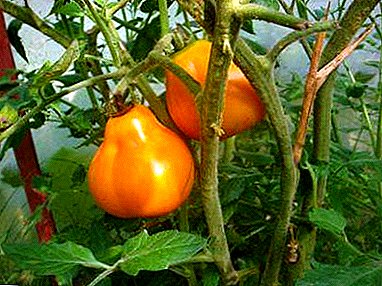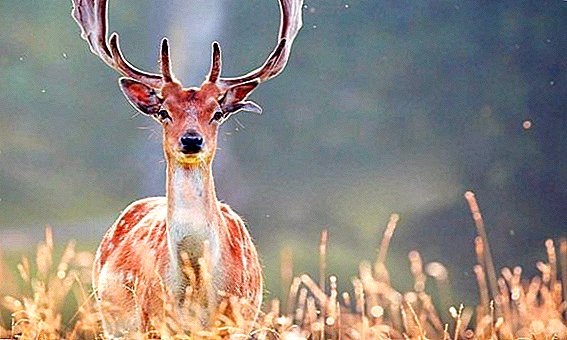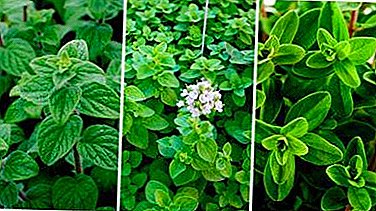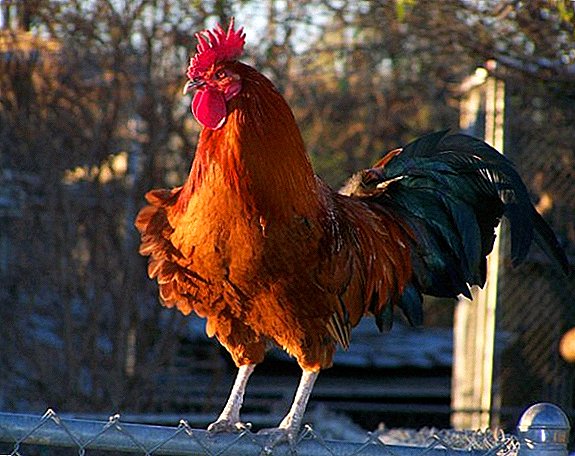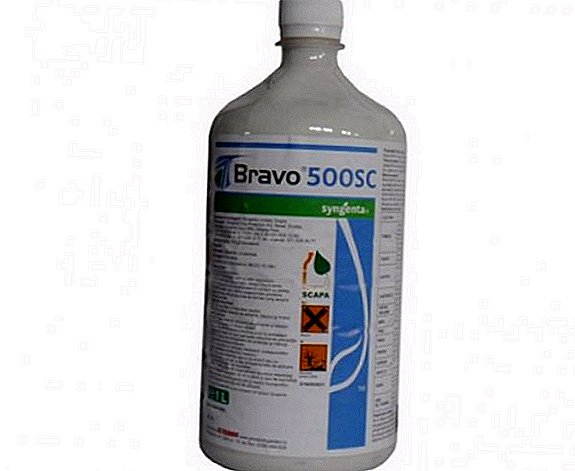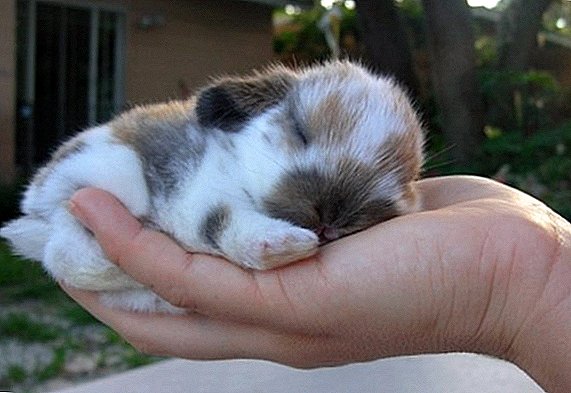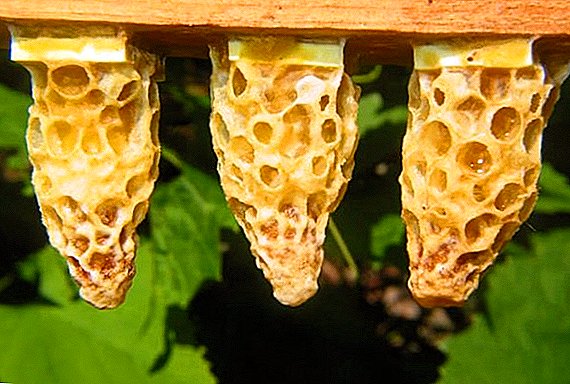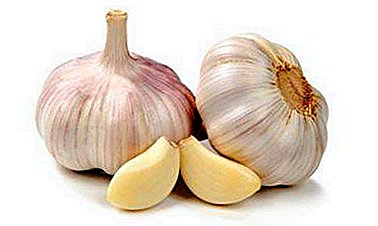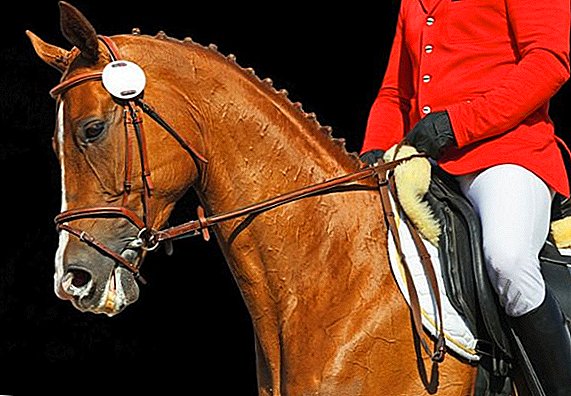 Equestrian sport is a very prestigious and interesting activity. However, before you saddle a horse, you need to purchase ammunition - both for the horse and the rider. From this article you will learn what it includes and what it is intended for.
Equestrian sport is a very prestigious and interesting activity. However, before you saddle a horse, you need to purchase ammunition - both for the horse and the rider. From this article you will learn what it includes and what it is intended for.
Horse harness: types
The future rider must purchase equipment for the horse. Consider what is included in it.
Bit
This detail is part of the bridle and is designed to directly affect the horse for control. The rider makes an impact due to the physiological characteristics of the horse's jaw.
Read more about how to breed horses at home.
In the gums of the animal there are gaps in which teeth are missing - it is in these holes that the bits are located. They are represented by two metal rings and a nibble, which presses with a certain force on the tongue, lips and jaw. With the help of the rod you can slow down the movement of the horse or completely stop it. 
Bridle
The bridle has several practical target appointments, but its main function is to adhere to it.
It consists of two main components:
- bit;
- connected with them reins, which are held by the rider and allow you to transmit signals to the steed.
Important! For horses with sensitive teeth, it is better to purchase rubber bits, which today are more benign.
Depending on the application, there are several types of bridles:
- snaffle bridle - for training horses for all types of riding;
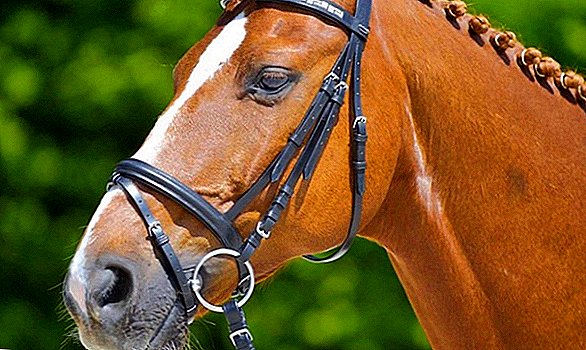
- tipping headband - used for dressage;

- for runs - used in long-term hikes;
- hakamora - used for rides young horses, long riding.

Halter
Outwardly, this part of the ammunition looks like a bridle without a rod. With its help, animals are taken out of the pen, they are carrying out a saddle and are kept on a leash. It is important to attach the straps to the halter - the interchanges with which the steed is fixed in an even position. The halter is put on the horse's head and used together with chombur (short rope to tie the horse). 
Reins
The reins are most often represented by a leather belt that clips to the rings on the bits and allows the rider to always be in contact with the horse's mouth. With the help of the halter, you can coordinate the front part of the horse's hull, so this is the main means to control the animal.
You will probably be interested to read about where wild horses live.
Thanks to him, the direction of movement is set, the horse stops, the pace decreases. In addition, using the reins, you can adjust the position of the horse's head and neck. 
Martingale
So that the horse would not throw his head too high, the martingale was invented. It is represented by additional reins that hold the horse’s head and protect the rider from injury from the horse’s nape.
Did you know? Negros of the Masai tribe believed that if a person was killed by a horse, then he would definitely go to heaven.On the one hand, the martingale is attached to the girth, then on the rib cage it is divided into 2 belts containing rings through which they pass the occasion. With this design, you can fix the horse's head in the desired position.

Chambon
Chambon is represented by an elongated belt that is put on the horse's head to secure it in the desired position for the period of training. It is fastened to the girth and snaffle; It should go under the strap, which is located in the cheek area.
We recommend reading about how to call a horse.
The advantage of the shambon is that with it the neck can be stretched normally, thus removing a strong load from the horse's back. Most often, Chambon is used for dressage of horses. 
Saddle
A saddle is necessary in order to protect the horse's back; rider comfort - in the background. If you do not use the saddle, there is a lot of pressure on the horse’s body. Thanks to the saddle, there is an even distribution of body weight throughout the horse’s body.
It is very important to choose a suitable saddle. Adjusting it, it is worth paying attention to what height the horse has at the withers, the length of the lechik (the base of the saddle) and other components. Since each horse is individual, most often the saddles are made to individual orders.
Important! When installing the saddle, it is important to ensure that it is not piled back, because in this position it will exert strong pressure on the lower back of the animal, and it may behave inadequately due to severe pain.
The most common types of saddles are:
- English
- Asian
- Western;
- Spanish
- ladies'

Stirrups
Stirrups - the main part of the saddle. They are necessary in order to fix the rider's legs and maintain balance while riding. The first stirrups had the appearance of loops, were uncomfortable and dangerous. But over time, began to produce improved stirrups, having a diverse form. Their main task is to provide footrest. 
Whip
The whip has another name - the stack. It is an auxiliary element and is designed to control the horse. It is necessary for the formation of teams rider. Official equestrian sport limits the use of a whip.
Check out the description of the best horse suits.
The length of the stack can be 75-125 cm. The blows should not be too strong, similar to poorly perceptible clapping. To reduce the impact force, a special cracker is attached to the tip of the whip. The stack is held in the right hand, and while it is on the horse, it is lowered down. 
Scourge
The beach is an oblong whip, the length of which is about 2 meters. It is necessary for the "educational work", which is carried out with the horse, located in the arena.
It consists of a wooden handle and a bowstring, woven from thin belts. At the end of the string, a special knot is tied, which imitates a click-like sound. Scourge is not used for beating horses, its main function is to set the direction. 
Spurs
Spurs are one of the important knight controls. The rider puts them on his feet. Spurs can be of different lengths and designs, they are necessary for the impact on the sides of the horse. To date, it is strictly forbidden to use spurs, which have a wheel, as they can cause injury to the horse's body. 
Protective gear
To protect the animal and provide him with comfortable conditions, it is necessary to take care of the protective equipment for the horse. It will protect the mount from adverse weather conditions and help prevent injuries.
Carpets
Thanks to this invention, the mount will always be warm and dry. Blanket is used to transport animals, you can also wear it on horses in the stables to protect from temperature changes. Most often for the manufacture of blankets used warming woolen fabrics.
Did you know? In the case of the Finns, the word "horse" is considered offensive, and "a horse is a pet. Any woman will consider it a compliment if she hears from her man the phrase" You are my lovely horse! ".
To fix it on the horse's body, you can use special clips. In simple terms, blanket is a special protective blanket used for heating. 
Bandages
To protect the limbs of the mount, it is customary to use cotton bandages that are able to protect them from stretching. In winter, they are also used as a warming agent. In training, the use of knitted or crepe bandages, whose width is about 8 cm.
We advise you to read about how to harness horses.
They are neatly wound on special pads. To ensure free blood flow it is necessary to ensure that the limbs are not clamped. In addition, you need to make sure that there are no gaps between the bandages through which dirt could enter. 
Nogawki
To avoid injuries and bruises on the limbs of an animal, it is necessary to put leather legs on top of bandaged legs - on the metacarpus. They are fixed with cords or clasps. 
Ramp
A saddlebag is bedding under the saddle, which is necessary to protect the horse's back. Most often, cotton fabrics with soft fillers are used for its manufacture. 
Horse rider
Before you begin to engage in horseback riding, you must purchase an ammunition kit for the rider.
Footwear
When choosing shoes it is worth paying attention to the fact that it runs freely into the stirrup connector. In addition, it should be with a heel - about 2-3 cm.
Important! It is impossible to use for riding shoes with a corrugated sole with a thick sock. If the rider falls in such shoes, he can catch the sole, and the foot gets stuck in the stirrup. Shoes should have only a smooth sole.
Leggings
Gaiters are overhead tops, which are fixed with lacing or hooks. Nowadays, leather or suede is used for sewing crags, but if the rider is dressed in high boots, the need to buy more leggings will also disappear automatically. 
Pants
Pants must be fitted to fit, they should not have rough seams, so that the skin does not rub during movement. Even if it's too hot outside, you should wear thick clothes.
Chaps
Chaps are stockings, sewn of genuine leather or suede, which are closed with a belt. These clothes were originally used by shepherds in Mexico to protect feet from prickles, thorns and other plants.
Important! When buying chaps, it is better to give preference to products made from natural materials, since in synthetics it will be very hot, discomfort will arise, and at the horse An allergic reaction may occur.Also, thanks to chaps, you can keep your pants in integrity - they will not wipe while riding on the inside.

Jackets, vests
The jacket and vest should be short, otherwise the clothing may catch on the saddle. Bright colors are most popular in westerns, and a black or blue dress coat is ideal for dressage.
Gloves
To keep the reins comfortable without hurting your hands, you need to buy gloves. They are made of special durable materials and designed specifically for riding.
Helmet
Helmet - the main attribute in the ammunition, it is necessary to protect the rider's head from injury in case of a fall from a horse. It is especially important to get a helmet to the child. Western assumes a cowboy hat, and dressage a cylinder. 
Horse harness with our hands: weave a rope halter
It is not necessary to buy a halter in the store - you can do it yourself. Consider what is needed and how to do it.
Necessary materials
To make a halter, you will need:
- rope for the size of "full" - 7 meters 30 cm;
- scissors;
- ball pen;
- white marker;
- lighter;
- ruler.
Learn more about heavy and riding horses.
Step by Step instructions
- Scorch the edges of the rope with a lighter so that they do not spread out.

- Measure 1 meter from the rope, mark with a pen and tie a knot at this point.
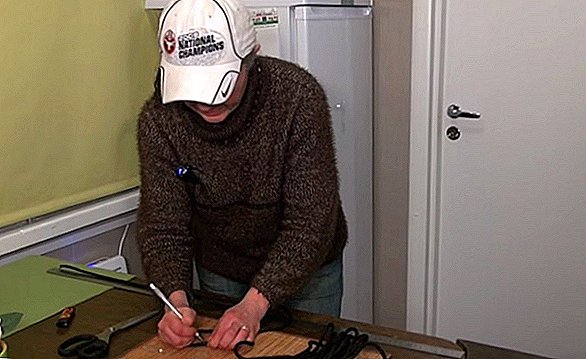
- Next, measure from the knot 25 cm, mark with a pen, tie a knot.

- Measure 27.5 cm from the previous knot again, tie another knot.
- Measure 87.5 cm, mark with a pen, tie a knot.
- Measure out 27.5 cm, mark with a pen, tie a loop (5 cm to the knot).

- Measure out 27, 5 cm, make a mark with a pen.
- Find the end of the longest segment (point 5), and attach the knot to the mark (point 7).
- Find the end of the rope and, dismissing the knot a little bit, stretch all the rope that remains to you.
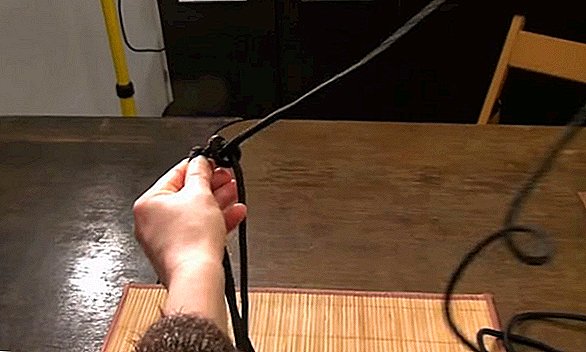
- Throw the rope through the knot, push the previous knot into the loop (which is closer to us), and pull the rope fully into the loop of the new knot.
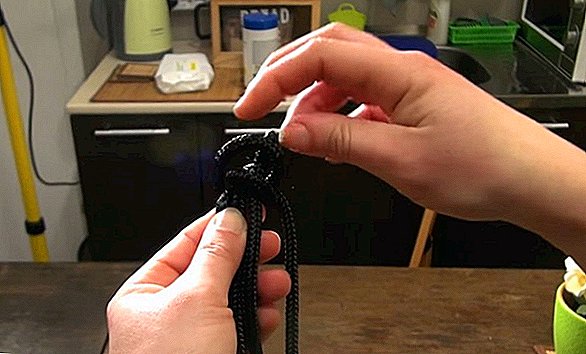
- On the mark formed a large node.

- Fold the two ropes away from the large knot and tie the large knot again.
- It turned out nahrapny belt.
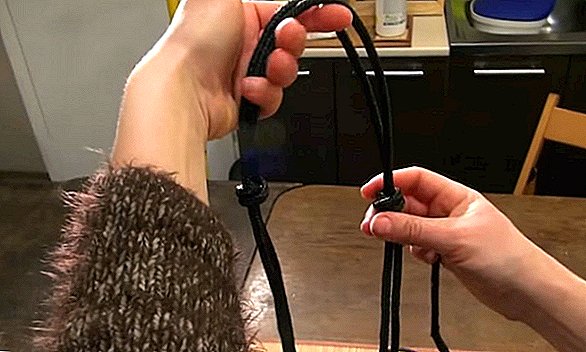
- Measure a length of 87.5 cm, make a mark and attach to the knot in the previous section 87.5 cm, tie a knot, stretch the rest of the rope.
- Measure a length of 27.5 cm, mark with a pen.
- Fold the halter, find a symmetrical knot, connect it, tie another knot in place of the mark.

- Two ropes coming from the last knot, put together, measure 85 cm and cut.
- Scorch the ends of the ropes, fold them together, scorch the ends again and glue them together.
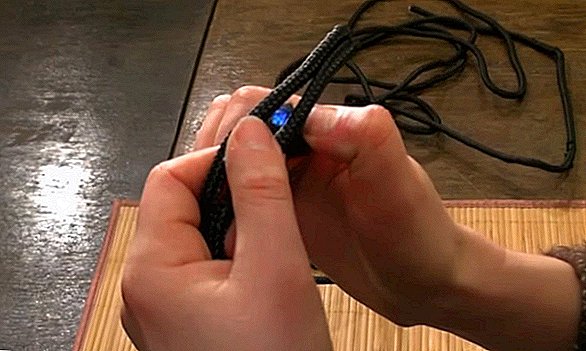
- Slide the long back strap into the loop, tighten up.

- Adjust the size of the halter with the long ends of the rope, making a loop.
Did you know? The horse is a sacred animal in 23 nations of the world.It requires the acquisition of special ammunition for both the horse and the rider. But, if you wish, you will be able to make some elements yourself, thereby saving money.

















